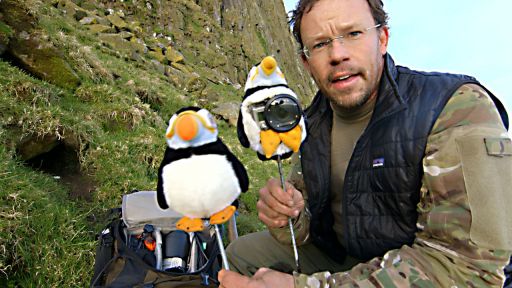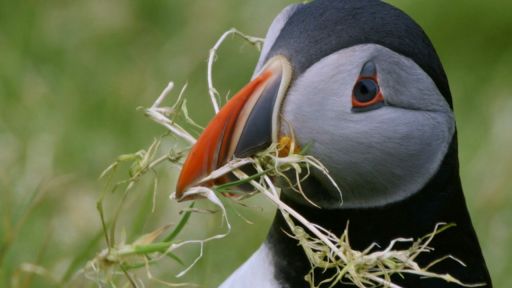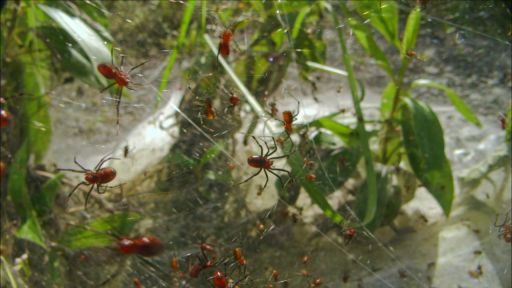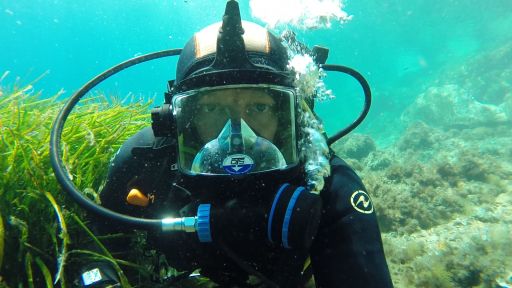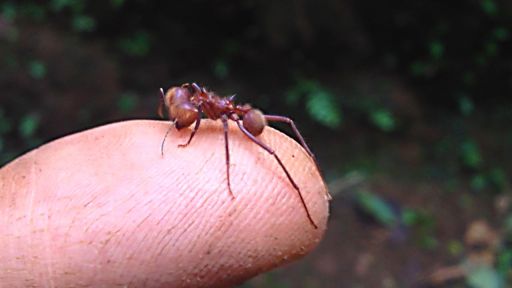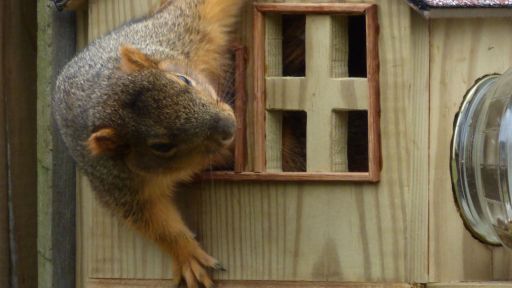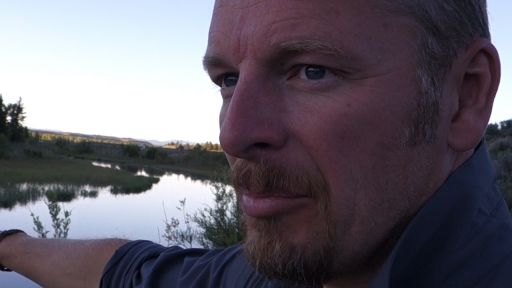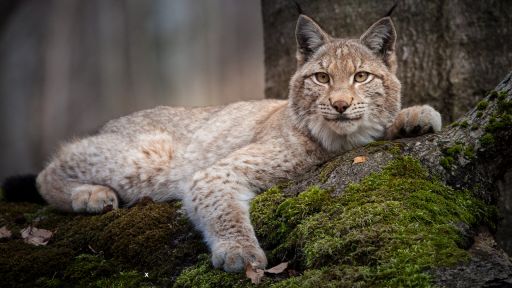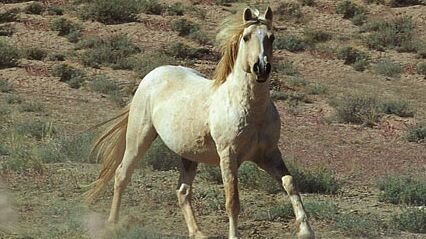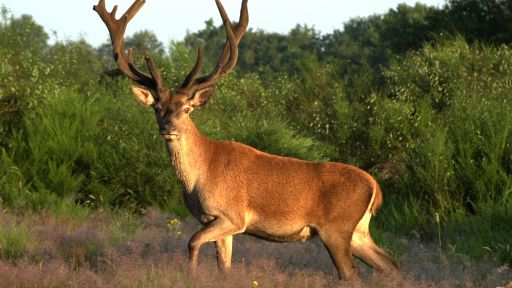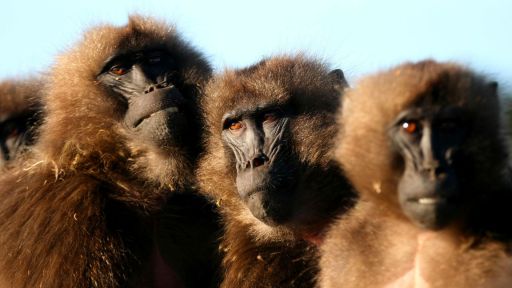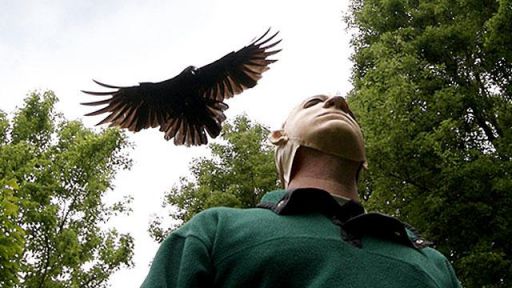The three-part series provides intimate, never-before-seen views of the lives of animals in their homes
Animals, like humans, need a place they can call home to provide a safe and stable place to raise a family, but they go about building it in entirely different ways. Whether it is a bird’s nest, bear den, beaver lodge or spider web, these are homes of great complexity, constructed from a wide range of natural as well as man-made materials. This three-part series investigates just how animals build their remarkable homes around the globe and the intriguing behaviors and social interactions that take place in and around them.
Hosting the series is ecologist Chris Morgan (Siberian Tiger Quest, Bears of the Last Frontier), who serves as guide and real estate agent. He evaluates and deconstructs animal abodes, their materials, location, neighborhood and aesthetics. In addition to Morgan opening the doors of animal homes in the wild, he is also in studio showing examples of the incredible diversity of nests and their strength, even trying his hand at building a few.
The series features a blend of CGI, animation, CT scans and signature blueprint graphics to highlight engineering principles inside the structures. A variety of cameras, including tiny HD versions, capture unprecedented views inside animal homes without disturbing natural behavior. When appropriate, filmmakers shoot behaviors in slow motion and use infrared and time lapse to reveal how animals create their structures over time and through the seasons.
Over the course of three episodes, the series delves into the amazing flexibility animal architects display, the clever choices they make and the ingenious ways they deal with troublesome habitats.
Episode 1: The Nest
Bird nests come in all shapes and sizes, crafted from an inexhaustible diversity of materials, including fur, grasses, leaves, mosses, sticks and twigs, bones, wool, mud and spider silk. Quite a few also contain man-made materials – colorful twine, bits of wire, even plastic bags. Each one is a remarkable work of art, built with just a beak! We begin with a museum collection of nests and branch out to scenes in the wild all over the world, where birds arrive at diverse nesting grounds to collect, compete for, reject, steal and begin to build with carefully selected materials, crafting homes for the all-important task of protecting their eggs and raising their young.
Episode 2: Location, Location, Location
Finding a good base of operations is key to successfully raising a family. One must find the correct stream or tree, the correct building materials, neighbors and sometimes tenants. In the wild, every home is a unique DIY project, every head of household is a designer and engineer. Animated blueprints and tiny cameras chart the building plans and progress of beavers, tortoises and woodrats, examining layouts and cross sections, evaluating the technical specs of their structures and documenting their problem-solving skills. Animal architecture provides remarkable insights into animal consciousness, creativity and innovation.
Episode 3: Animal Cities
Animals congregate in huge colonies partly out of necessity and partly for the security that numbers provide. Icelandic puffins form nesting colonies of more than a million, tucked in between hundreds of thousands of other seabirds, which provides shared information about food sources and reduces the odds of individual birds being attacked. But, colonies are also useful for predators. Social spiders in Ecuador work together to capture prey 20 times the size an individual might subdue on its own. For others, communal living provides perfect multi-generational caregiving options or the opportunity to build enormous cities – such as the acre-wide, multi-million-citizen colonies built by leaf cutter ants in Costa Rica.

